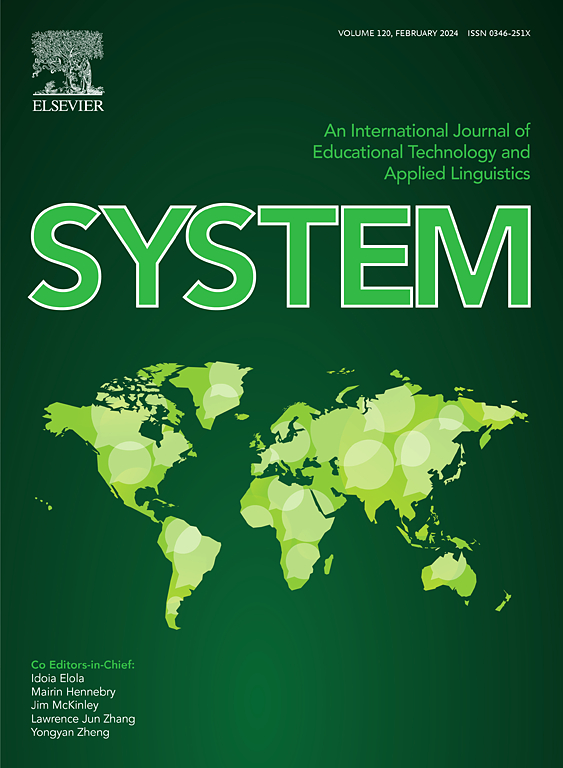乳酸通过HIF1α稳定和生物钟紊乱诱导奶牛乳腺氧化应激
IF 6.5
1区 农林科学
Q1 Agricultural and Biological Sciences
引用次数: 0
摘要
乳酸是葡萄糖代谢的经典副产物,主要的乳酸生成途径依赖于糖酵解。乳酸通过抑制PHD活性来稳定HIF1α,导致缺氧应激反应并加剧多种组织的糖酵解。然而,乳酸在乳腺中的氧化还原诱导机制尚不清楚。在此,我们描述了奶牛乳腺氧化应激中乳酸响应的HIF1α/昼夜节律控制机制。体内研究表明,高乳酸浓度的奶牛产奶量降低,乳腺中ROS积累增加。MAC-T细胞的Western blot结果显示,乳酸浓度、HIF1α表达和氧化应激指标呈正相关,但与昼夜节律核心成分无关。为了测试乳酸介导的HIF1α功能障碍如何导致细胞保护过程,我们研究了HIF1α稳定后昼夜节律核心相关基因的表达改变。我们发现,由于HRE和E-box转录元件的相似性,乳酸稳定HIF1α抑制了受刺激的昼夜节律核心成分的表达。此外,我们发现乳酸处理增强了MAC-T细胞中HIF1α与BMAL1、HMOX1和FOXO3的结合。此外,HIF1α敲低可改变昼夜节律相关基因的表达,降低氧化应激状态。总之,我们的研究强调了竞争性转录元件占据在乳酸介导的乳腺氧化应激中的核心作用,这是由HIF1α稳定和昼夜节律功能障碍引起的。我们的研究结果介绍了一种新的营养策略,在奶牛养殖中有潜在的应用,可以优化牛奶产量和保持乳腺健康。本文章由计算机程序翻译,如有差异,请以英文原文为准。
Lactate induces oxidative stress by HIF1α stabilization and circadian clock disturbance in mammary gland of dairy cows
Lactate is a classical byproduct of glucose metabolism, and the main lactate production pathway depends on glycolysis. Lactate stabilized HIF1α by inhibiting PHD activity, leading to hypoxic stress response and exacerbating glycolysis in multiple tissues. However, the redox induction mechanism of lactate in mammary gland has not been understood yet. Herein, we describe a lactate-responsive HIF1α/circadian control mechanism in oxidative stress in the mammary glands of dairy cows. The in vivo study showed that dairy cows with high lactate concentrations are associated with reduced milk yield and more ROS accumulation in mammary gland. Western blot results in MAC-T cells showed positive correlation between lactate concentrations, expression of HIF1α and oxidative stress indicators, but not circadian core components. To test how lactate-mediated HIF1α dysfunction leads to cell protection process, we investigated altered expression of circadian core related genes following HIF1α stabilization. We found that stabilized HIF1α by lactate inhibited stimulated expression of circadian core components due to the similarity of HRE and E-box transcription elements. Furthermore, we found that lactate treatment strengthened the binding of HIF1α with BMAL1, HMOX1 and FOXO3 in MAC-T cells. Moreover, HIF1α knockdown altered expression of circadian rhythm related genes and reduced oxidative stress state. In summary, our study highlights the central role of competitive transcriptional element occupancy in lactate-mediated oxidative stress of mammary gland, which is caused by HIF1α stabilization and circadian rhythm dysfunction. Our findings introduce a novel nutritional strategy with potential applications in dairy farming for optimizing milk production and maintaining mammary gland health.
求助全文
通过发布文献求助,成功后即可免费获取论文全文。
去求助
来源期刊

Journal of Animal Science and Biotechnology
AGRICULTURE, DAIRY & ANIMAL SCIENCE-
CiteScore
9.90
自引率
2.90%
发文量
822
审稿时长
17 weeks
期刊介绍:
Journal of Animal Science and Biotechnology is an open access, peer-reviewed journal that encompasses all aspects of animal science and biotechnology. That includes domestic animal production, animal genetics and breeding, animal reproduction and physiology, animal nutrition and biochemistry, feed processing technology and bioevaluation, animal biotechnology, and meat science.
 求助内容:
求助内容: 应助结果提醒方式:
应助结果提醒方式:


